Overview
Gir National Park and Wildlife Sanctuary, also known as Sasan Gir, is a wild life sanctuary near Taluka Gir in Gujarat, India. It is located 43km (27mi) north east of Somnath, 65 km(40mi) south-east of Junagadh and 60km(37mi) south-west of Amreli. It was established in 1965, with a total area of 1,412kmsq(545sqmi), of which 258kmsq is fully protected as national park and 1,153kmsq(445sqmi) as wildlife sanctuary. It is part of the Khathiar-Gir dry delicious forests ecoregion.
The 14th Asiatic Lion Census 2015 was conducted in May 2015. In 2015 the population was 523 (27% up compared to previous census in 2010). The population was 411 in 2010 and 359 in 2005, Total of 109 males, 201 females and 213 cubs.

- Junagadh District:- 286
- Gir Somnath District:- 44
- Amreli District:- 174
- Bhavnagar:- 37
History
In the 19th century, the rulers of Indian princely states used to invite the British colonies for hunting expedition, At the end of the 19th century, only about a dozen Asiatic lion’s were left in India, all of them in Gir forest, which was part of Nawab Junagarh’s private hunting grounds, British viceroys brought the drastic decline of the lion population in Gir to the attention of the Nawab of Junagadh, who established the sanctuary, Today it is the only area in Asia where Asiatic lion’s occur and is considered one of the most important protected areas in Asia because of its biodiversity.

Geography
The seven major perennial rivers of the Gir region are
- Hiran
- Shetrunji
- Datardi
- Shingoda
- Macchundri
- Godavadi
- Raval
The four reservoirs of the area are at four dams, one each on Hiran, Macchundri, Raval and Shingoda rivers, including the biggest reservoir in the area, the Kamleshwar Dam dubbed the lifeline of For it is located at 21°08’08”N 70°47’48”E.

Flora
More than 400 plant species were recorded in the survey of Gir forest by Samtapau & Raizada in 1955. The Botany department of M.S University of Baroda has revised the count to 507 during their survey. According to the 1964 forest type classification by Champion & Seth, the Gir forest falls under “5A/C-1a very dry teak forest classification. Teak occurs mixed with dry deciduous specify. The degradation stages sub-types are thus derived as, teak bearing areas are mainly in the eastern portion of the forest, which constitutes nearly half of the total areas.
- Acacia
- Ber
- Jamun
- Ziziphus
- Tendu
- Dhak
- Karanj
- Umlo
- Amli
- Sirus
- Banyan tree
- Kalam
- Charal
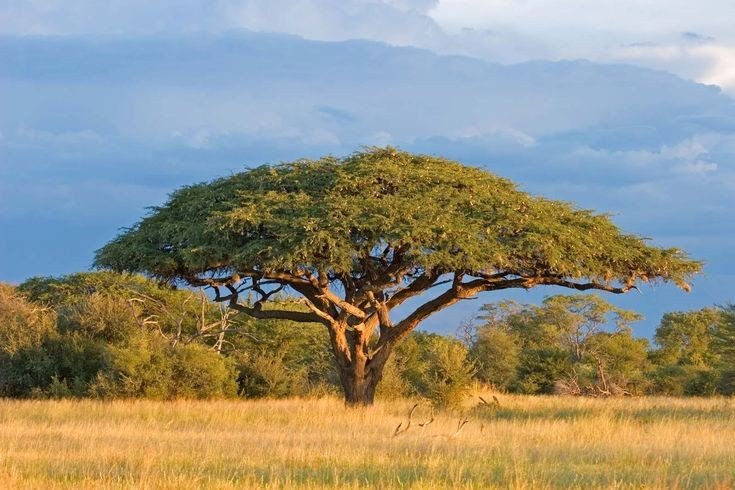
Acacia tree commonly known as Mimosa is a polyphyletic genus of shrubs and trees belonging to the subfamily Mimosoideae of the family Fabaceae.

A banyan also spelled as Banian is a fig that begins its life as epiphyte, i.e a plant that grows on another plant, when it’s seed germinate in a crack or crevice of a host tree or edifice.

Suzygium cumini, commonly known as Malabar plum, java plum, black plum, jamun or jambolan is an evergreen tropical tree in the flowering plant family Myrtaceae, and favoured for its fruit, timber and ornamental value.
Wildlife
The count of 2,375 distinct fauna species of Gir includes about 38 species of Mammals, around 300 species of birds, 37 species of reptiles and more than 2000 species of insects.
Carnivorous group


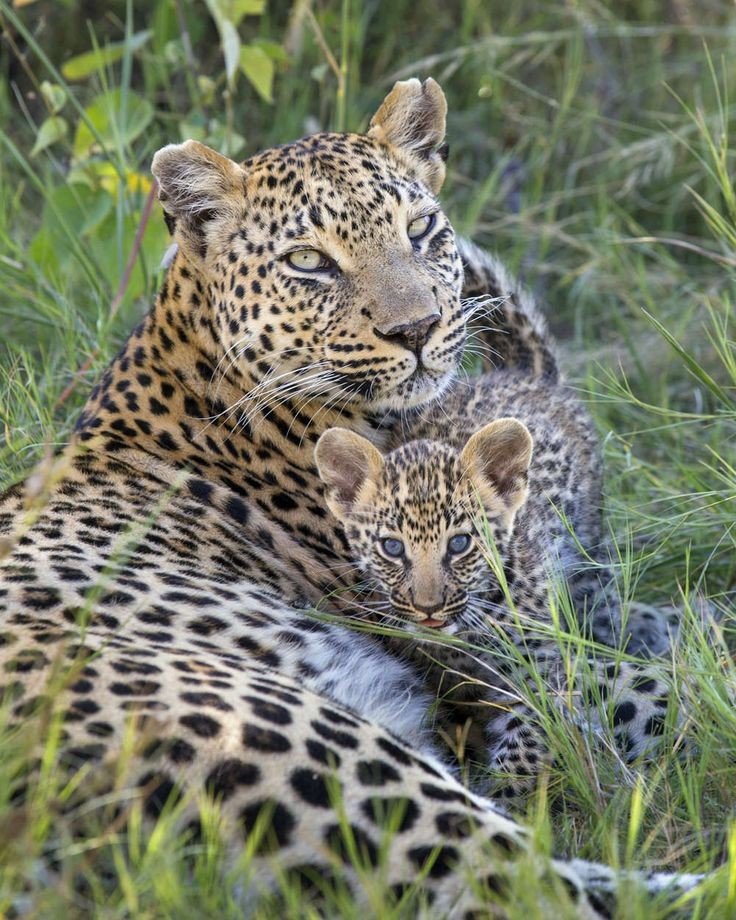
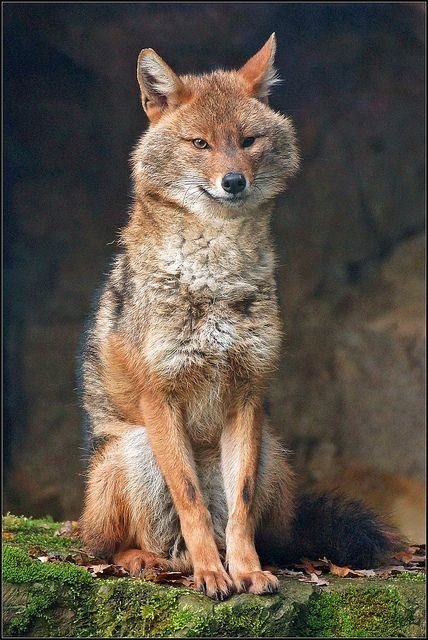
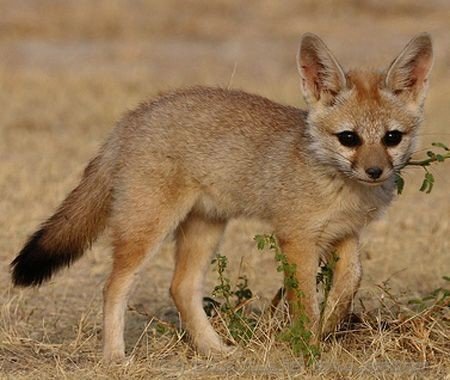

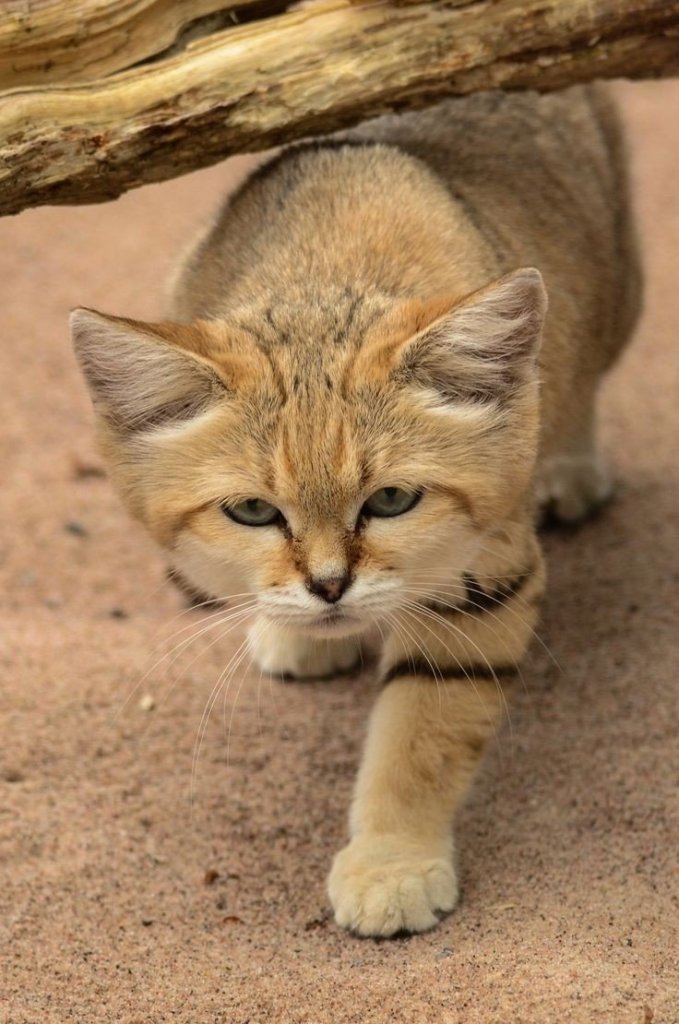

Herbivores group
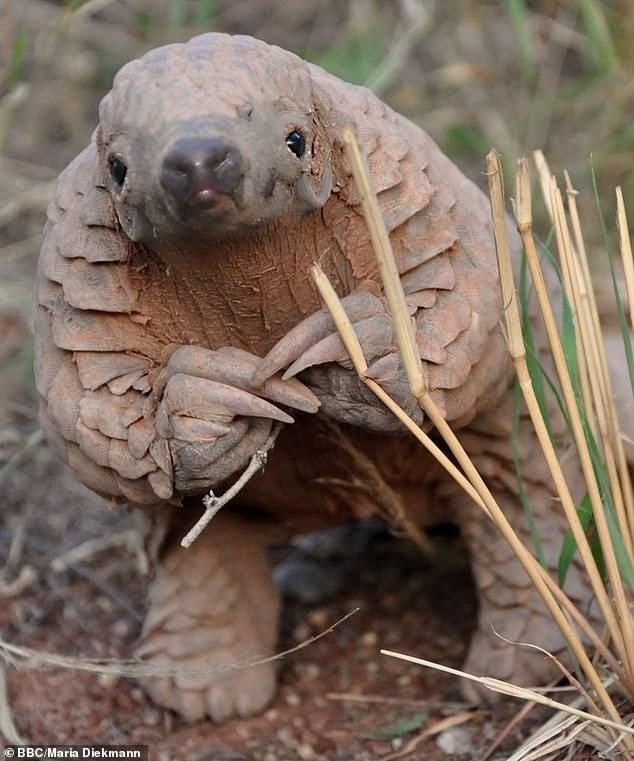

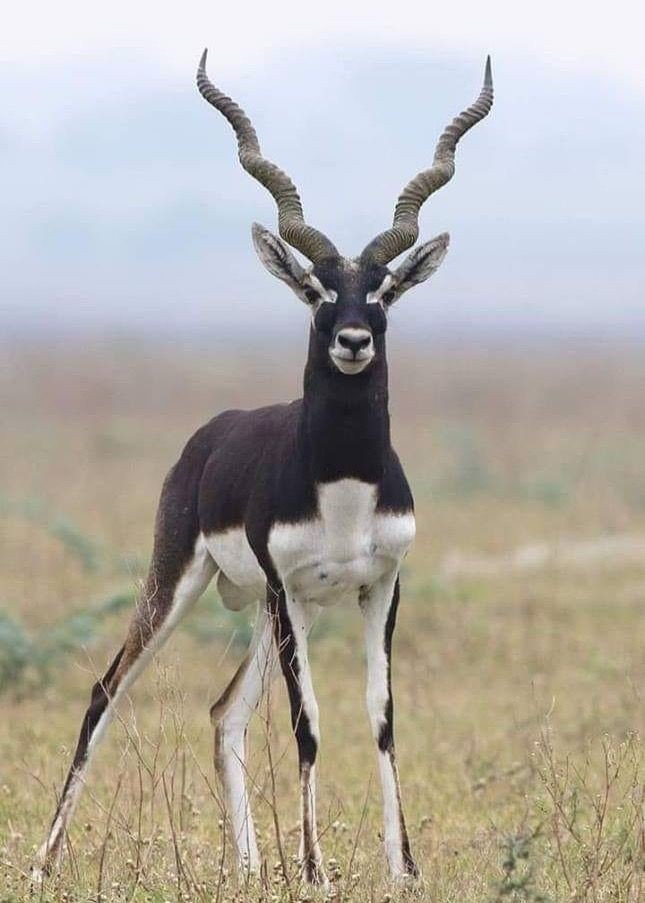

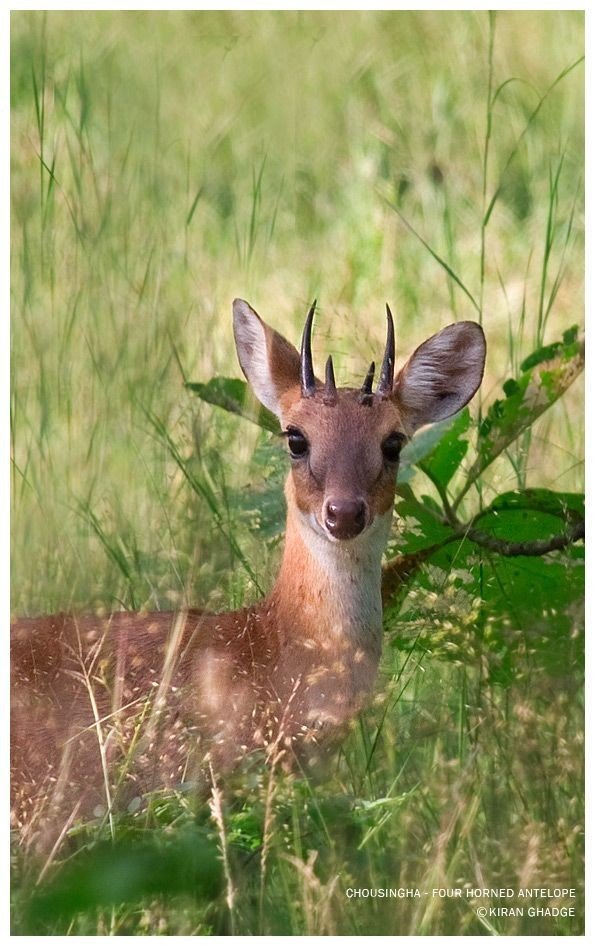
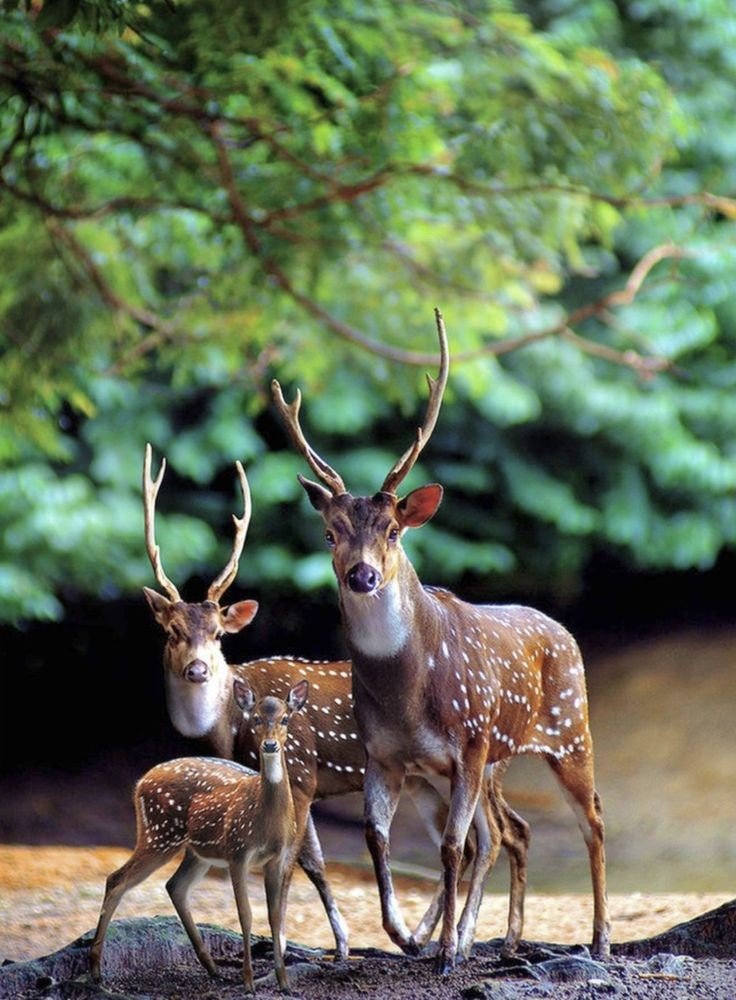


Reptiles





Birds

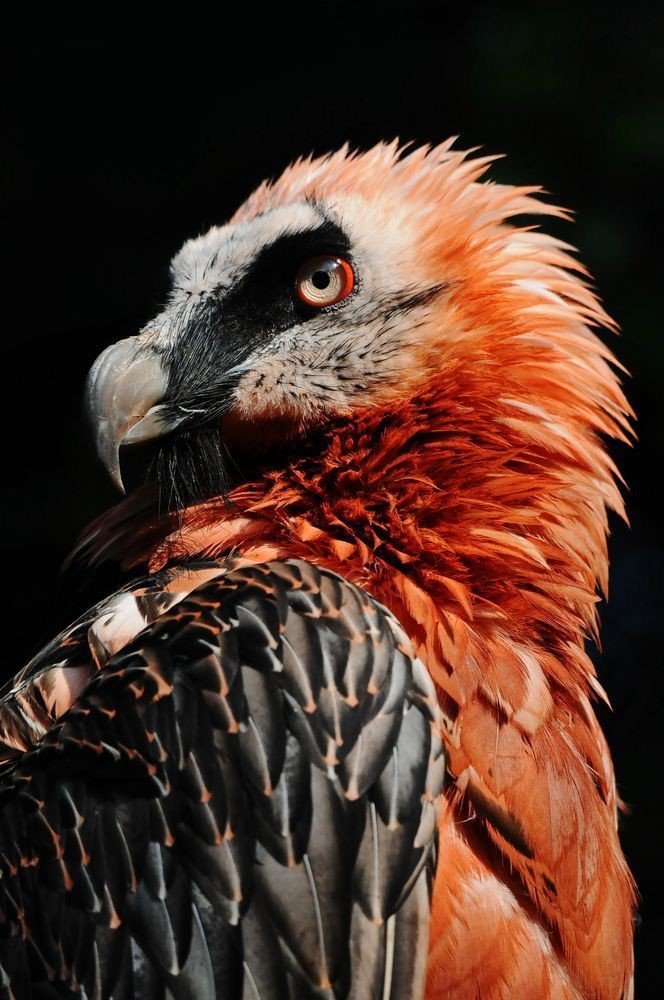


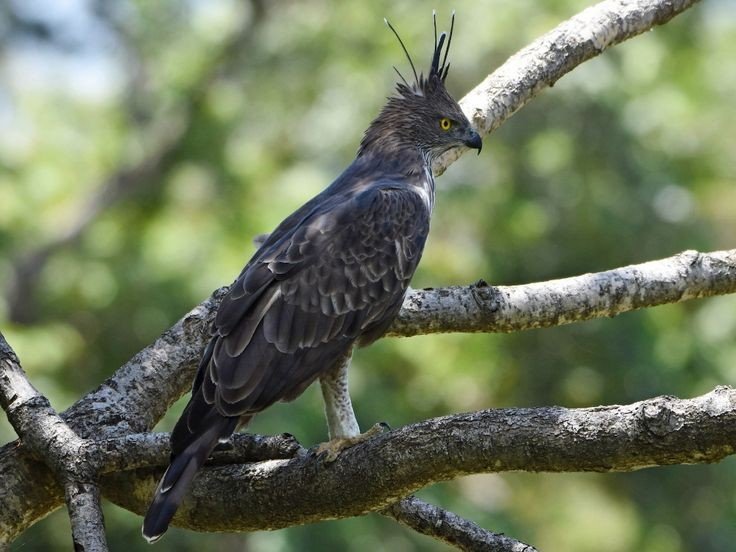


Gir Interpretation zone, Devalia
Gir national park and sanctuary does not have a designated area for tourists. However, to reduce the tourism hazards to wildlife and to promote nature education, an interpretation zone has been created at Devalia within the sanctuary. Within its chained fences, it covers all habitat types and wildlife of Gir with its feeding cum living cages for the carnivorous and double gate entry system.
Ecological problem’s
Gir National Park and Sanctuary faces a number of threats to its ecosystem. Natural threats include recurrent drought, cyclones and forests fires. Anthropogenic threats include over grazing, encroachment, excessive traffic and resultant weed infestation. Tourism contributes to this environmental degradation as does the mining carried out in the peripheral zone. Pollution results from the railway lines that runs through the peripheral zone, and the narrow genetic base in the large mammals is of growing concern.
Thanks for watching and reading if you like my blog please Like share comment and follow for my latest updates
